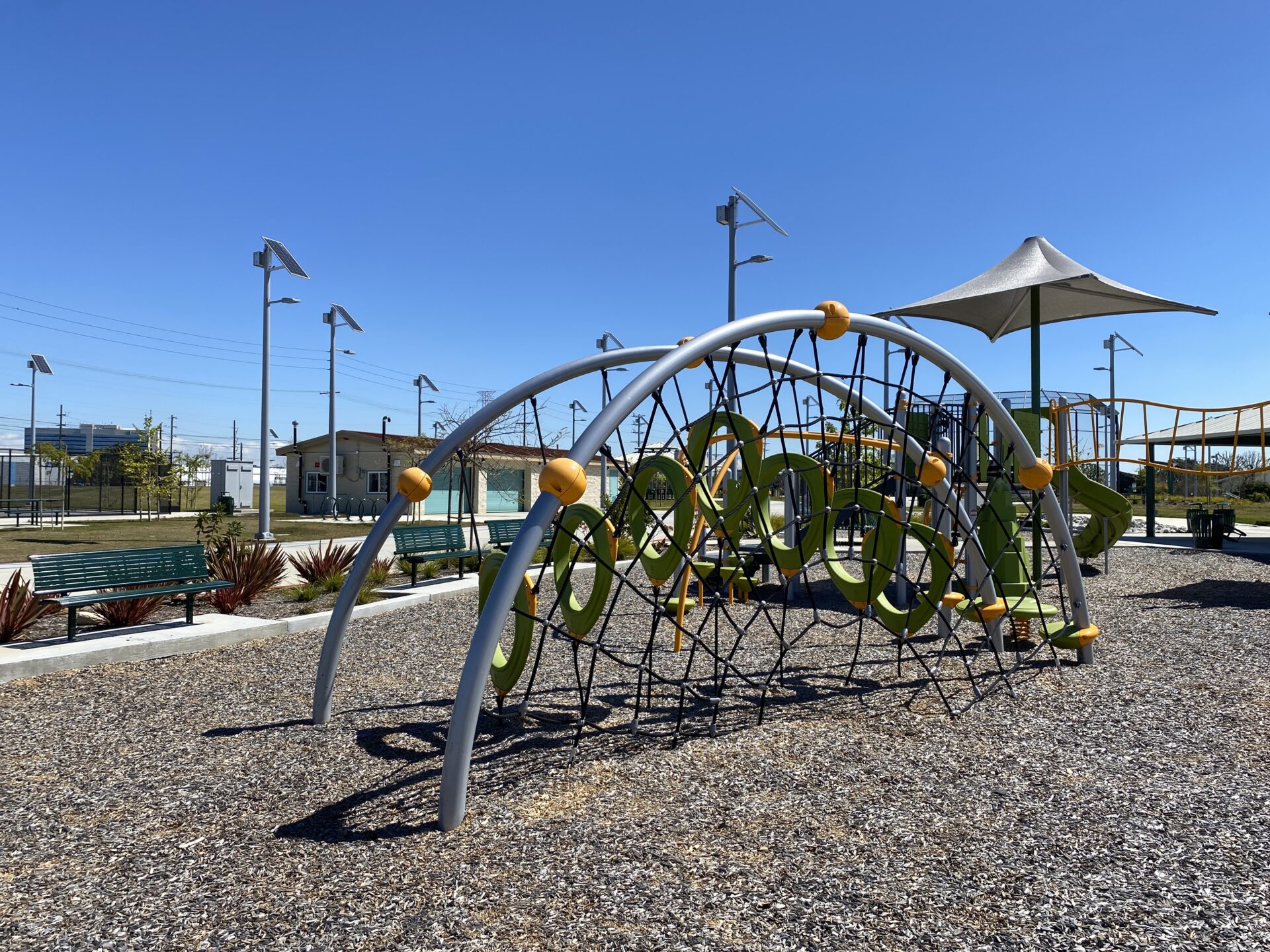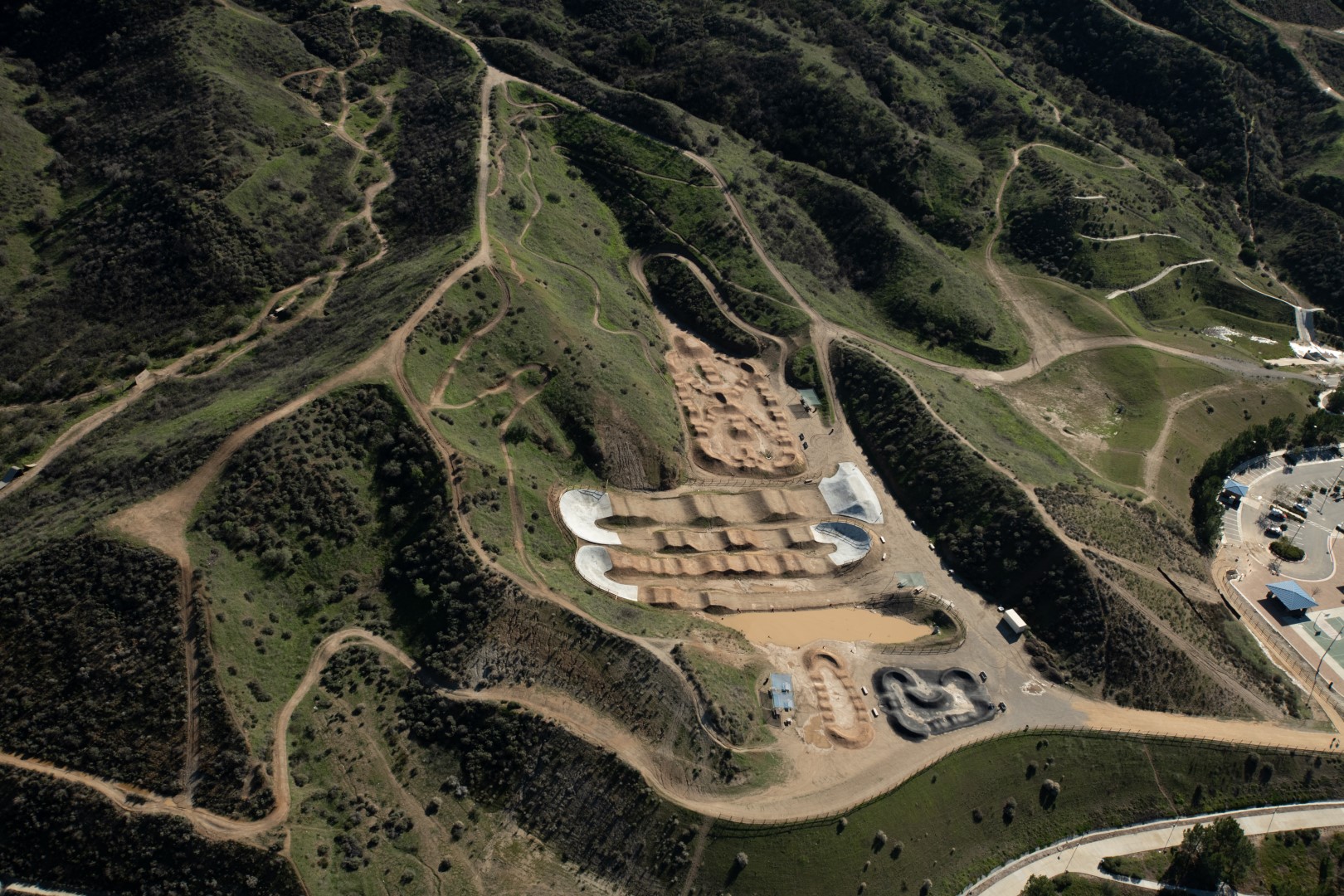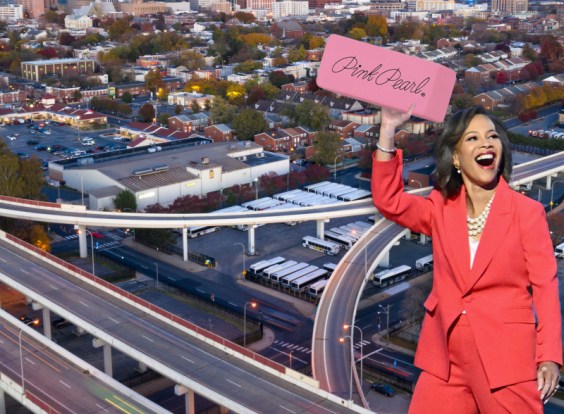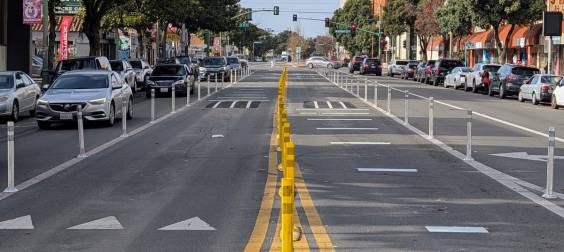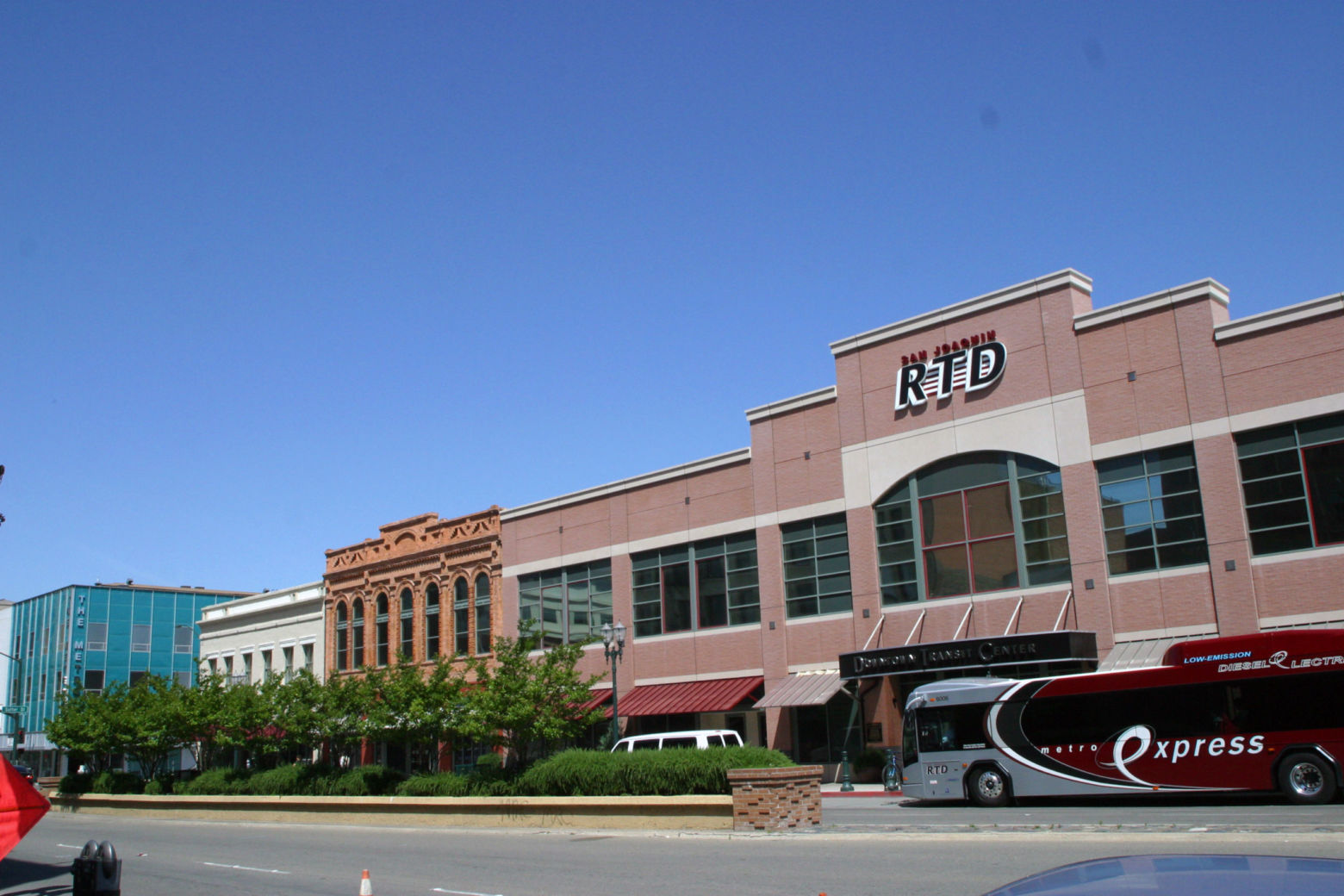With just days left in the legislative session, hopes for a smooth reauthorization of California’s Cap-and-Trade program evaporated last week when the Los Angeles County Legislative Delegation (L.A. Delegation) demanded a major reshaping of how revenues are spent.
In a letter to Governor Gavin Newsom and legislative leaders, the delegation called for $3.3 billion annually for Los Angeles County transit projects in addition to the $1 billion for California High-Speed Rail construction in the Central Valley and Bay Area that the governor already set aside. Cap-and-Trade auctions currently generate about $4.3 billion per year, meaning the proposal would claim nearly all program revenue.
With the session ending next week, the standoff leaves reauthorization in jeopardy.
“The delegation’s letter sends a strong message: it’s not about sabotaging statewide projects, it’s about fairness and balance. Ultimately, we just cannot afford half-measures,” argued State Senator Henry Stern (D-Los Angeles) in an interview with the Planning Report.
“If California wants to lead on climate, equity, and economic growth, we have to invest where the need and the demand are greatest. That’s here in Los Angeles,” he said.
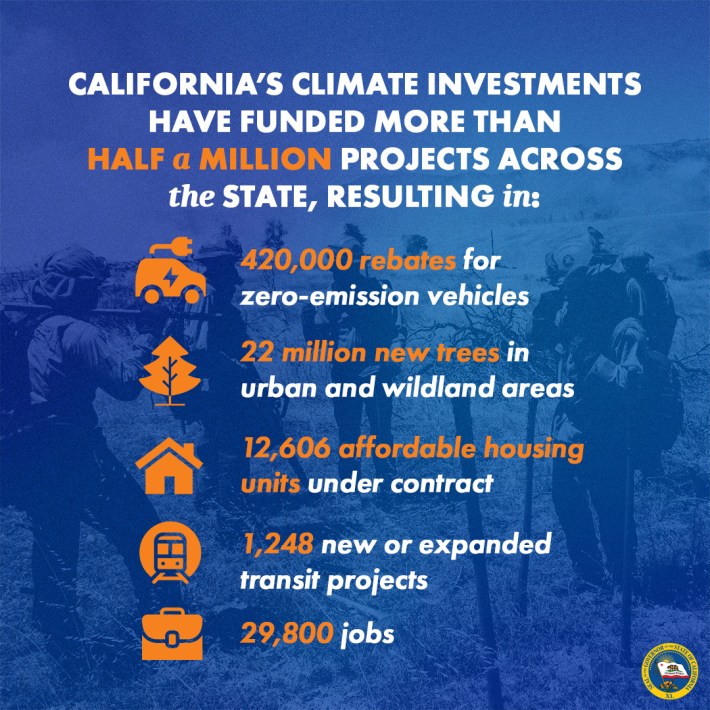
Cap-and-Trade: How We Got Here
California’s Cap-and-Trade program, launched in 2013, sets a declining cap on greenhouse gas emissions from major polluters while allowing companies to buy and trade permits. By raising the cost of pollution, the system is meant to drive reductions while generating revenue for climate investments.
The program has raised more than $33 billion since 2014, funding projects that range from zero-emission buses to coastal resiliency upgrades. Emissions have fallen, but critics argue the program allows companies to “buy their way out” of meaningful reductions while frontline communities continue to face pollution.
The program is authorized only through 2030. Recent auctions have produced less revenue than projected, in part because of uncertainty about reauthorization. After a May auction brought in $500 million below expectations, Governor Newsom proposed a long-term deal that would dedicate $1 billion annually to high-speed rail, $1.5 billion to wildfire suppression, and the rest to the Greenhouse Gas Reduction Fund.
The L.A. Delegation’s demand marks the first time lawmakers have pressed for geographic earmarking of Cap-and-Trade revenues.

L.A. Delegation’s Ask
Los Angeles leaders argue the region bears the heaviest pollution burden in the state, with 21 billion daily vehicle miles traveled across freeways, freight corridors, and transit systems. Communities nearest freeways—often low-income and historically underserved—face the worst health impacts.
The proposal would split funding between transit operations, capital projects such as bus and rail electrification, and targeted equity investments. Legislators also frame it as a matter of fairness, pointing out that most high-speed rail construction is concentrated outside Southern California.
The tactic recalls 2021, when Southern California legislators temporarily blocked funding for high-speed rail electrification in the Central Valley in an attempt to redirect money to Metrolink upgrades. That standoff ended in a compromise: $1 billion for the A Line (formerly Gold Line) extension in the San Gabriel Valley, set to open this fall.

Pushback
Not everyone agrees Los Angeles is shortchanged. In his Planning Report interview, Stern dismissed suggestions that Union Station upgrades funded by high-speed rail bonds prove the region has benefited. “Station upgrades for a train line that won’t run for decades don’t help families living next to freeways today,” he argued.
But Californians for Electric Rail countered that L.A. County has already received significant high-speed rail and Cap-and-Trade investments. In a BlueSky post, the group pointed to $840 million in bond-funded improvements, including the Regional Connector, Metrolink upgrades, and grade separations. They also noted L.A. County has received funding in every round of the state’s Transit and Intercity Rail Capital Program (TIRCP).
And while the region has been receiving funds from high-speed rail bonds, it’s also been receiving money from the state’s Cap-and-Trade program. Cap-and-Trade has generated $33 billion, but has only allocated $18 billion for projects and only $13 billion of that has been distributed. Of that $13 billion, just over ⅓ of it has gone to the Southern California region.
